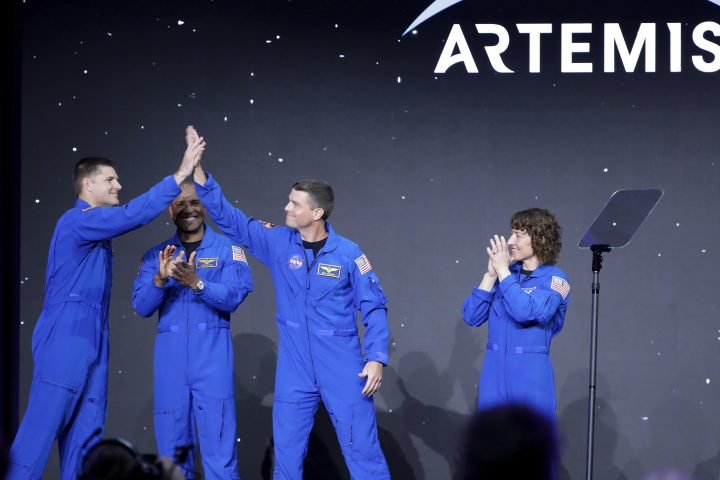Jeremy Hansen, who will be flying the Canadian flag around the moon for the first time, says Canada is on course for more space history amid a “new era “of private companies working more actively in the industry.

The Ontario astronaut is among the four-person crew announced this week for NASA’s upcoming Artemis II mission and will become the only non-American to leave Earth’s orbit when the mission blasts off next year.
“It’s a really big deal for me, but I’m very humbled and super proud to do it,” said Hansen in an interview Sunday with The West Block‘s host Mercedes Stephenson.
“This is a historic moment for Canada for sure and we are here because of decades of effort by thousands of people.”
With the rise of Space X founded by billionaire Elon Musk and other private firms, there is a growing push toward commercialization.
Despite the regulatory challenges, Hansen said this is “bringing huge dividends” to the industry and countries like Canada need to keep working so as not to be outpaced as space exploration becomes more commercial.
The role of private firms in the space industry is not negative, he says.
“The advantages far outweigh the disadvantages from my perspective and that’s why you’re seeing so much change in space, because we’ve really hit a new era.”

The Artemis II mission is scheduled for launch in November 2024.

Get daily National news
If successful, this will be the first time humans get that close to the moon since the Apollo program more than 50 years ago.
The approximately 10-day flight test will “pave the way for lunar surface missions, including landing the first woman and first person of color on the Moon,” NASA says on its website.
But before that happens, there is a lot of preparation and training involved.
Hansen, who is a former fighter pilot, will be accompanied by three other Americans on the mission.

An 18-month-long training program will involve working together with the engineers on NASA’s Orion spacecraft, testing the software before they get ready to take off, said Hansen.
They will be travelling onboard the same spacecraft that was used for Artemis I, an unmanned flight, that took a 1.4 million-mile journey beyond the moon, returning to Earth after 25 days last December.
“We have flown this capsule in space before … but there were no humans on it. So putting humans on it really changes it,” said Hansen, who hails from London, Ont.
Those changes include adding manual control systems so they can fly it in space manually if needed, as a backup. The rocket will also need life support systems.
If all goes well, NASA wants to attempt a two-person lunar landing as early as 2025, with the launch of Artemis III.
Hansen is setting his sights high on more to come for Canada going forward, saying that Artemis II is “just one step.”
“I have every ambition for Canada to have a Canadian walk on the moon and go to Mars and be part of that in the future. And we really can do it.”
— with files from Global News’ Aaron D’Andrea









Comments